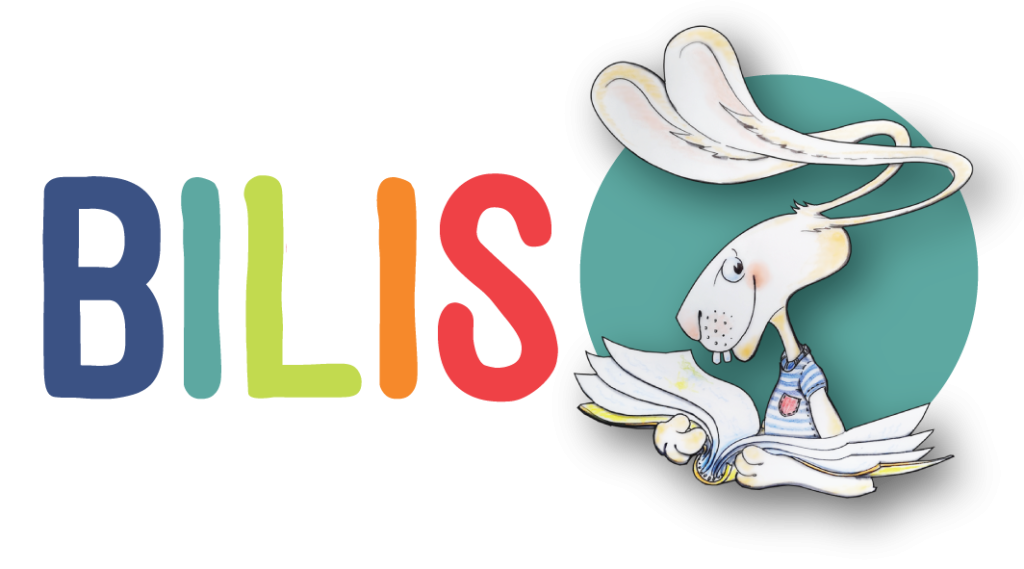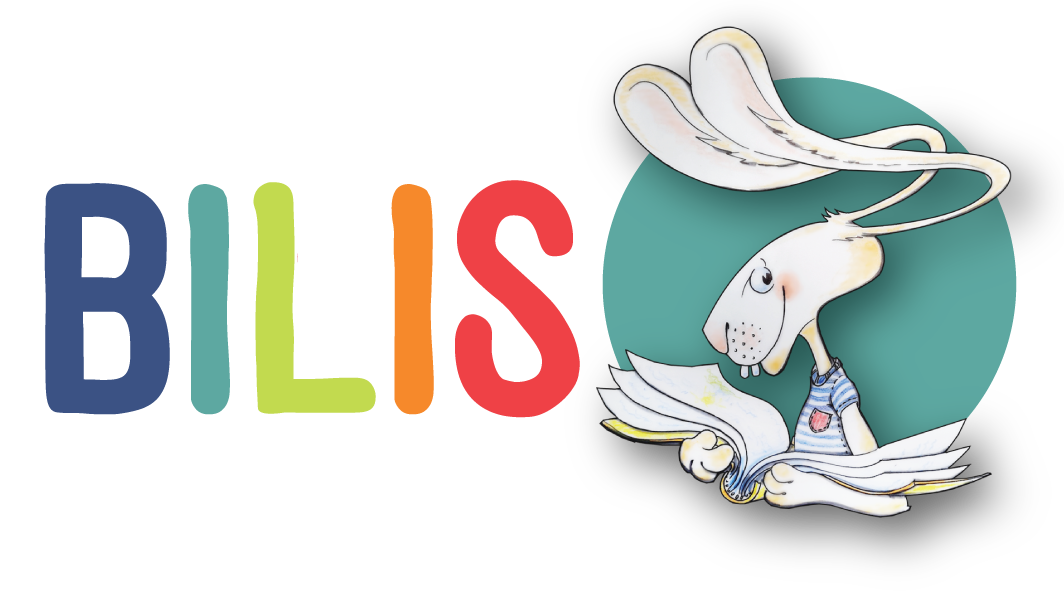One of the main concerns of parents raising children in a bilingual environment is the fear of their confusion. But is there real evidence that bilingual children are confused? When we look at it, fully bilingual adults without neurological disorders can speak in any chosen language and are not confused. But what about bilingual children?
A frequently misunderstood behavior, which many take as evidence of confusion, is the mixing of words from both languages in one sentence. This is called "code mixing." In reality, it's a normal part of bilingual development. The reason some children mix codes is prevalent in their language communities – children simply imitate adults. If a bilingual child cannot quickly find the right word in one language, they might borrow a word from the other language. This is not a sign of confusion, but rather a sign of resourcefulness.
Bilingual children also don't use their two languages randomly. Even two-year-olds can adjust to the language of the person they are currently communicating with. There is also evidence that early code mixing in children follows grammatical rules, similar to those that guide adults.
And what about bilingual toddlers or infants? The research is clear: they easily differentiate their two languages and show no signs of confusion. Infants, for instance, are sensitive to differences in languages, especially their rhythm. From birth, they can differentiate languages with different rhythms, like English and French. As studies show, bilingual infants might be even more sensitive to distinguishing languages than monolingual ones. In conclusion, rather than being confused, bilingual children and infants are sensitive to the information that distinguishes their languages.


